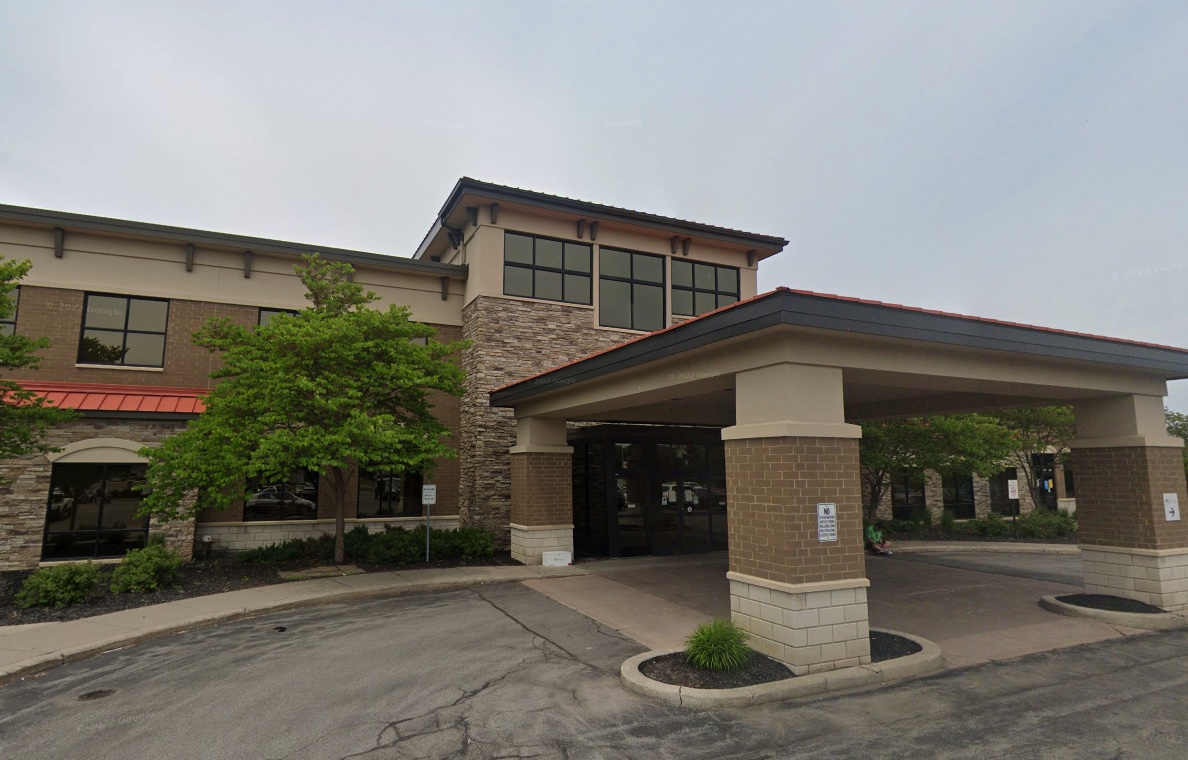Hand & Wrist Pain
Make Appointments & Get Care
What is Hand & Wrist Pain?
When something goes wrong with your hand, thumb or wrist, it can slow you down and disrupt every part of daily life. Common causes of hand and wrist pain include:
- Arthritis — inflammation or swelling of joints
- Carpal tunnel syndrome — compression of the median nerve as it passes through the carpal tunnel, an opening from the wrist to the hand
- Ganglion cysts — non-cancerous cysts on tendons or joints
- Tendonitis — inflammation of tendons
- Injuries — including hand fractures, amputations of the hand or fingers, and nerve injuries
- Burns
UR Medicine's Treatments for Hand & Wrist Pain
UR Medicine’s Orthopaedics, Vascular Surgery and Plastic & Reconstructive Surgery teams work collaboratively to provide surgical and non-surgical care to adults and children. Our team approach involves surgeons, physicians and certified hand therapists who specialize in the hand, wrist, and upper extremities.
Our treatments go well beyond surgery, physical therapy and pain relief. Our team collaborates with your family, your insurance company, and even your employer to ensure you have the best outcome possible.
Specialized Treatment
UR Medicine experts specialize in the following treatments for hand and wrist pain:
- Arthroscopy
- Cyst or tumor excision
- Dupytren's contracture release surgery
- Endoscopic carpal tunnel surgery (surgery to relieve pressure on the median nerve)
- Fracture fixation
- Joint alignment
- Limb saving surgeries
- Microsurgery
- Peripheral nerve surgery
- Radial nerve release surgeries
- Reconstructive surgeries
- Tendon repairs
- Tendon transfer
- Tenosynovectomy
- Trigger finger release surgery
- Ulnar nerve release surgery
- Wrist fusion
What Sets Us Apart?
We are one of the only full-service hand and wrist centers in Western New York. Our physicians have expertise in the wrist and hand disorders and in plastic and reconstructive surgery, orthopaedic surgery, peripheral nerve surgery, and vascular surgery.
Our physicians are fellowship-trained specialists—the highest level of education in their field. They are board-certified or board-eligible, and many have achieved Certificates of Added Qualification in surgery of the hand. Our nurse practitioners and physician assistants have extensive training and specialized experience in the care of hand and wrist patients.
We are experts in the latest minimally invasive techniques, reconstructive surgery and microsurgery. Working collaboratively with UR Medicine rheumatologists, we offer the region's most convenient and comprehensive approach to the treatment of arthritis in the hand. Working side by side-with-surgical oncologists, we use innovative strategies for transplantation of bone and soft tissue to treat bone tumors, frequently saving the hand.
Our expert team also includes Certified Hand Therapists (CHTs) and specialize in physical therapy for elbow disorders as well.
Locations
View All LocationsWe serve you in the Rochester metropolitan area and surrounding region.
View All Locations7 locations
South Pointe Landing
10 South Pointe Landing, Suite 100
Rochester, NY 14626
Surgery Center at Sawgrass
160 Sawgrass Drive, Suite 120
Rochester, NY 14620
Clinton Crossings, Building D
4901 Lac De Ville Boulevard, Suite 250
Rochester, NY 14618
Clinton Crossings, Building H
2400 South Clinton Avenue, Suite 150
Rochester, NY 14618
Platinum Office Complex
2064 Fairport Nine Mile Point Road, Suite 100
Penfield, NY 14526
Strong West Annex, Building D
156 West Avenue
Brockport, NY 14420
Clinton Crossings, Building D
4901 Lac De Ville Boulevard, Suite 210
Rochester, NY 14618


